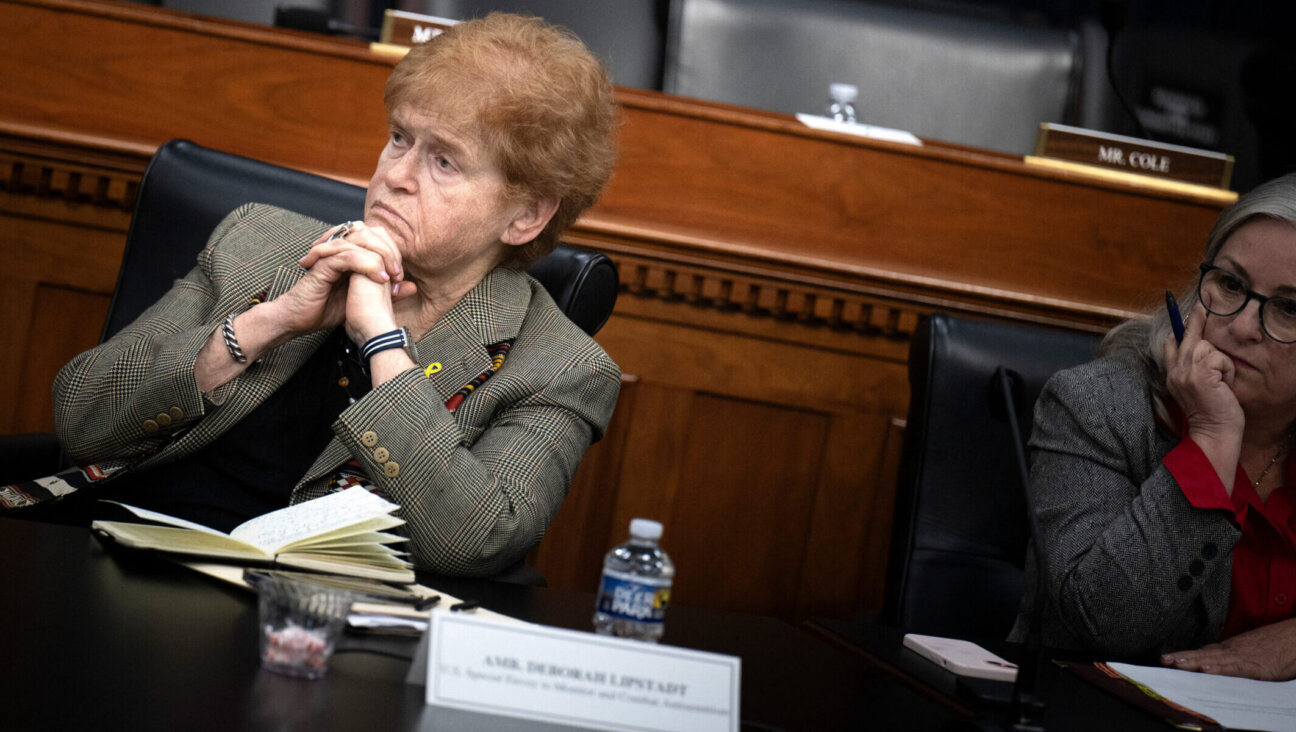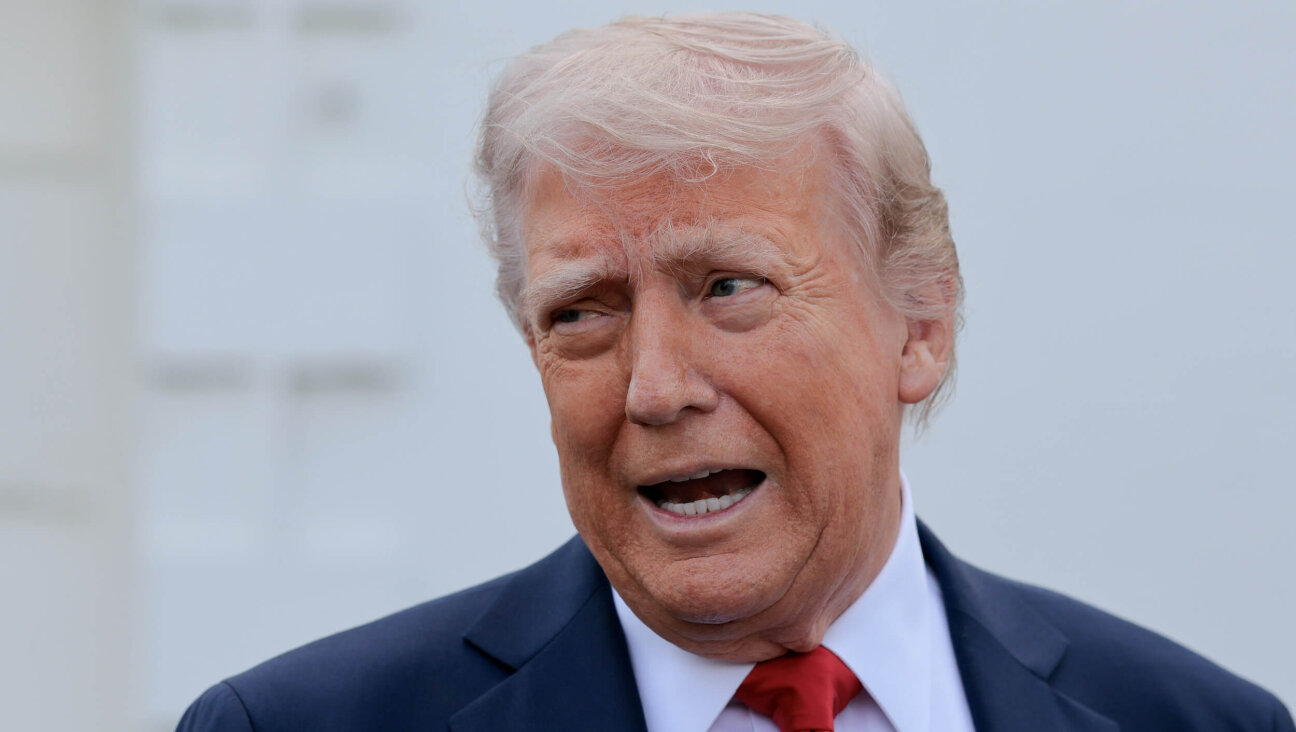Bush’s Tax-Cut Policy Is a Bad Investment
What exactly is the Bush administration trying to accomplish with its economic policy? The answer least likely to be correct is the one implied by the name of the recently passed tax-cutting bill, “Jobs and Growth Act.” The phrase suggests that the bill aims to stimulate economic demand, thereby boosting growth and, especially, employment from the substandard levels of the last three years.
But some features of the tax changes seem almost designed to minimize bang for the buck. The economic stimulus offered by the bill does not meet our current needs, and yet comes at high long-term fiscal cost.
The elimination of the estate tax in the year 2010 is one egregious example. A feature of the tax cuts passed when the 2001 recession came, the estate-tax provision manages to lose money in the future without providing any stimulus whatsoever in the present.
The centerpiece of the 2003 bill, cutting dividend taxes, again manages to lose money in the long run without providing much stimulus in the short run. To be sure, the proponents had a theory that eliminating taxes on future dividends would boost demand today by boosting stock prices, and therefore investment and consumption. But stock prices did not show a substantial positive reaction to the news that the dividend tax cut had passed, and are still far below where they were when President Bush took office.
There are some good Republican economists associated with the Bush administration. They say that the real main goal of the president’s economic policy is reform of the tax system to promote saving and investment in the longer term, as opposed to short-term stimulus.
But the tax cuts are the largest factor behind the emergence, since the Bush administration took over the White House, of budget deficits that are now forecasted to total more than $4 trillion over the next 10 years. It was less than one year ago that the Office of Management and Budget was still projecting a 10-year cumulated surplus of $1.7 trillion.
Mounting fiscal deficits will not promote national saving and investment. Rather, they will begin to crowd out investment spending, probably via an increase in interest rates. It is not hard to recognize a serious tax-reform plan — and this is not one.
A serious tax-reform plan would come closer to “revenue neutrality” — cutting some taxes but raising others to offset the revenue loss, or else cutting spending, so as to preserve balance in the overall budget. A political obstacle to any comprehensive plan for tax reform is that it involves pain for some parties — who inevitably will seek to block enactment. If the government can afford to give away some revenue to help grease the path, it makes no sense to hand out the goodies first, only to save the pain for later. Later there will be no sugar left to help the medicine go down.
A third explanation is that the White House is deliberately creating huge deficits and debts as part of a political strategy to force future governments to cut spending and shrink the size of the government. This explanation is sometimes given by liberals who think they are being sophisticated in their political analysis and their cynicism. In fact, this view is far from being sufficiently cynical.
In the first place, it is naive to think that conservatives who wish to cut government spending are ashamed of this goal and wish to hide it. They know full well that the slogan of shrinking government — in the abstract — still plays well with a majority of the electorate. Many conservatives are quite proud of the argument that creating deficits is a strategy to cut spending. They say, “Congress can’t spend money it doesn’t have.”
But in the second place, and more importantly, the conservatives who use this argument to rationalize the deficits are themselves naive in their understanding of politics. Congress can spend money it does not have, and does so regularly.
Why should anyone believe that the Republicans are serious about the messy task of getting spending under control, as opposed to merely giving feel-good speeches on the subject? They never proposed specific cuts in eight years of rising budget deficits during the Reagan administration— and again have failed to do so as the budget deficit has soared during Bush’s three years in office.
To the contrary, most of what the current administration has done goes in the direction of big-government interventions to help favored sectors: big increases in federal spending, including huge new agricultural subsidies; and new trade protection in such sectors as steel, lumber, semiconductors and fish. And the trend continues, even now that the Republicans control all branches of government.
Finally, it is worth remembering that when the Bush administration came into office, it initially claimed that its tax cuts would not produce deficits. As with the first Reagan administration, it was only later, with long-term deficits appearing as far as the eye could see, that the rationale for the tax cuts switched.
Is the theory, then, that the deficit strategy will force the Democrats to cut spending, if they ever come back into office? It is a peculiar argument for the party that supposedly subscribes to a small-government philosophy to rely on their supposedly big-government opponents to do the cutting.
And by what means, exactly, is a deficit environment in the coming decade supposed to be a greater political force for fiscal discipline than was the environment of the 1990s?
The current president’s father started off the last decade by passing the “pay as you go” provisions requiring any new tax cuts or spending increases to be paid for somewhere else in the budget. President Clinton successfully built on this strategy to shrink the deficit gradually to zero over the course of the decade. When record surpluses emerged he averted pressure to fritter them away, by proposing instead to “save Social Security first” and to pay down the national debt.
Why has the current President Bush abandoned the strategy of the 1990s in favor of deficits? The previous strategy worked. A congressman would hesitate to propose an increase in spending for a favored interest group out of fear that the matching tax increase would provoke complaints from constituents.
We are supposed to buy the claim that deficits are a better political strategy for limiting spending. But it simply does not make sense that a spending-inclined congressman will face more political pressure from constituents who fear hypothetical tax increases on their children in the distant future than he or she would face from constituents complaining about actual tax increases today.
The only explanation that fits White House behavior is a fifth one: that the Republicans have made reelection the top priority. By giving away a lot of money today, their thinking seems to go, they will be popular with the electorate, regardless of how much harm it does the economy in the long run.
Perhaps the heavy tilt of tax benefits toward the rich is designed to reward donors and generate even more contributions for future campaigns. But if that is the plan — and if it works — then it means that the Republicans themselves are likely to still be in office when the day of reckoning comes.
The Baby Boom generation will start retiring at the end of this decade, and the rapid future depletion of the Social Security trust fund will be so imminent that politicians will no longer be able to ignore it. It is by now a foregone conclusion that in order to put the system on an actuarially sound basis, there will have to be some combination of postponement of the retirement age, cuts in Social Security benefits and increases in taxes. The outlook is worse still for Medicare. The only question is how severe the cuts will have to be.
Many Republicans fantasize that there is plenty of fat to be cut elsewhere in the budget, or that privatization of social security can magically generate a big bonus with which to fund the gap. But nobody who is familiar with the numbers believes that. The spending cuts or tax increases needed to restore fiscal sustainability will be very painful politically — no matter the methods or political philosophy of those in power at the time. This is not a fate one would wish deliberately on the country, let alone on a successor president of the same political party.
In the end, I must confess that I don’t know what those in the White House are trying to do. My fear is that neither do they.
Jeffrey Frankel, a former member of President Clinton’s Council of Economic Advisers, is Harpel Chair of Capital Formation and Growth at Harvard University.
The Forward is free to read, but it isn’t free to produce

I hope you appreciated this article. Before you go, I’d like to ask you to please support the Forward.
Now more than ever, American Jews need independent news they can trust, with reporting driven by truth, not ideology. We serve you, not any ideological agenda.
At a time when other newsrooms are closing or cutting back, the Forward has removed its paywall and invested additional resources to report on the ground from Israel and around the U.S. on the impact of the war, rising antisemitism and polarized discourse.
This is a great time to support independent Jewish journalism you rely on. Make a gift today!
— Rachel Fishman Feddersen, Publisher and CEO
Support our mission to tell the Jewish story fully and fairly.
Most Popular
- 1

Opinion The dangerous Nazi legend behind Trump’s ruthless grab for power
- 2

Opinion A Holocaust perpetrator was just celebrated on US soil. I think I know why no one objected.
- 3

Culture Did this Jewish literary titan have the right idea about Harry Potter and J.K. Rowling after all?
- 4

Opinion I first met Netanyahu in 1988. Here’s how he became the most destructive leader in Israel’s history.
In Case You Missed It
-

Culture Trump wants to honor Hannah Arendt in a ‘Garden of American Heroes.’ Is this a joke?
-

Opinion Gaza and Trump have left the Jewish community at war with itself — and me with a bad case of alienation
-

Fast Forward Trump administration restores student visas, but impact on pro-Palestinian protesters is unclear
-

Fast Forward Deborah Lipstadt says Trump’s campus antisemitism crackdown has ‘gone way too far’
-
Shop the Forward Store
100% of profits support our journalism
Republish This Story
Please read before republishing
We’re happy to make this story available to republish for free, unless it originated with JTA, Haaretz or another publication (as indicated on the article) and as long as you follow our guidelines.
You must comply with the following:
- Credit the Forward
- Retain our pixel
- Preserve our canonical link in Google search
- Add a noindex tag in Google search
See our full guidelines for more information, and this guide for detail about canonical URLs.
To republish, copy the HTML by clicking on the yellow button to the right; it includes our tracking pixel, all paragraph styles and hyperlinks, the author byline and credit to the Forward. It does not include images; to avoid copyright violations, you must add them manually, following our guidelines. Please email us at [email protected], subject line “republish,” with any questions or to let us know what stories you’re picking up.













